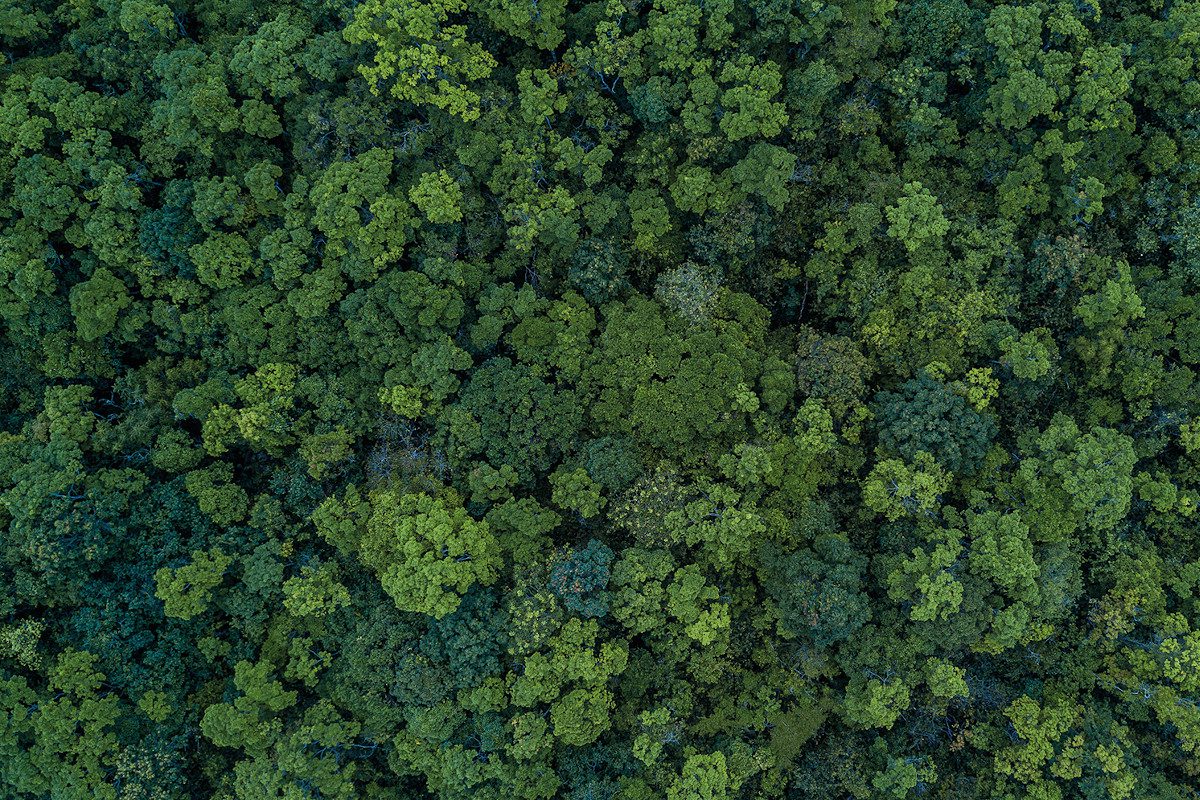
Leading forest researchers from around the world call for a global forest observatory to provide much-needed data on the current and future ability of our trees to absorb and store carbon, produce multiple goods and benefit for people, and support biodiversity.
Speaking at a global symposium on improving understanding of the world’s forests at the
Birmingham Institute of Forest Research (BIFoR) (21-23 June 2022), researchers called for an international effort to understand how environmental and societal changes are transforming the world’s forests in order to maximise the role that trees can play in a transition to a carbon neutral and biodiverse future.
Trees currently take up three in every 10 molecules of carbon dioxide released by humans into the atmosphere. This natural subsidy is a crucial compliment to reductions in emissions from burning fossil fuels. Wood and biofuels from forests are also fundamental to sustainable low-carbon development, whilst forests further support two thirds of terrestrial biodiversity.
But evidence is emerging that this capacity of forests to slow climate change may be weakening and biodiversity is increasingly threatened. Forests are global resources, so how their management and conservation across the world actually contributes to these different goals must be assessed globally. The researchers say that this means that we need to integrate our data and understanding of forests in a comprehensive manner.
A Global Forest Dynamics Observatory would seek to better understand how forests have been changing as a result of climate, land-use change and environmental pollution. It would seek to identify the implications of these changes for trees, for economies, and for climate change mitigation strategies.
In particular, the initiative would draw together fundamental plant science, investigating the physical and biochemical effects of environmental change, with worldwide ecology – measuring forest productivity, tree mortality, biogeochemical cycles and climate sensitivity of multiple species across the world – and the social science of how forests are used by people.
Piecing together a comprehensive global picture is entirely possible, say the researchers.
“There are thousands of motivated forest scientists, students and volunteers monitoring forest biodiversity and measuring trees every single day,” says Dr Tom Pugh, of the University of Birmingham, and one of the Symposium organisers. “Likewise numerous agencies and research projects collect information on how people are managing forests. Only by linking all this together will we understand the gaps in our knowledge and start to fill them. Armed with this wealth of data, we can also build computational models that truly reflect the future ability of our forests to help us mitigate climate change and achieve global conservation and sustainability goals.”
“People influence almost all of the Earth’s land surface, especially the world’s forests through deforestation, selective logging and forest degradation. So, understanding and modelling how people will continue to manage forests in the future is critical in maintaining the extensive range of benefits that humanity derives from trees”, said Professor Mark Rounsevell of the Karlsruhe Institute of Technology.
It is vital to ensure that this picture of the world’s forest dynamics is built equitably. Professor Oliver Phillips FRS, of the University of Leeds, commented: “Currently, the huge contribution of tropical forests to slowing climate change is being overlooked and undervalued. To make the most of what nature can offer to tackle biodiversity loss and the climate crisis, we need to start by properly valuing the tropical scientists measuring them and the forest communities whose lives depend on them.”
“There are many initiatives that could underlie a global forest dynamics observatory already underway, but they need tying together into a coherent picture which can inform decision makers. These include the pan-tropical ForestPlots programme; the International Tree Mortality Network; The Synergize biodiversity network and numerous national observation efforts,” said Dr Adriane Esquivel Muelbert, another of the symposium organisers.
“Clearly no single initiative can carry out all the work needed to fill all knowledge gaps and society information needs across global forests. But we need to create a focal point for the large forest science community to analyse the dynamics of our forests, understand the threats posed by climate change and how forest biodiversity itself can generate the sustainable forest solutions of the future.”






